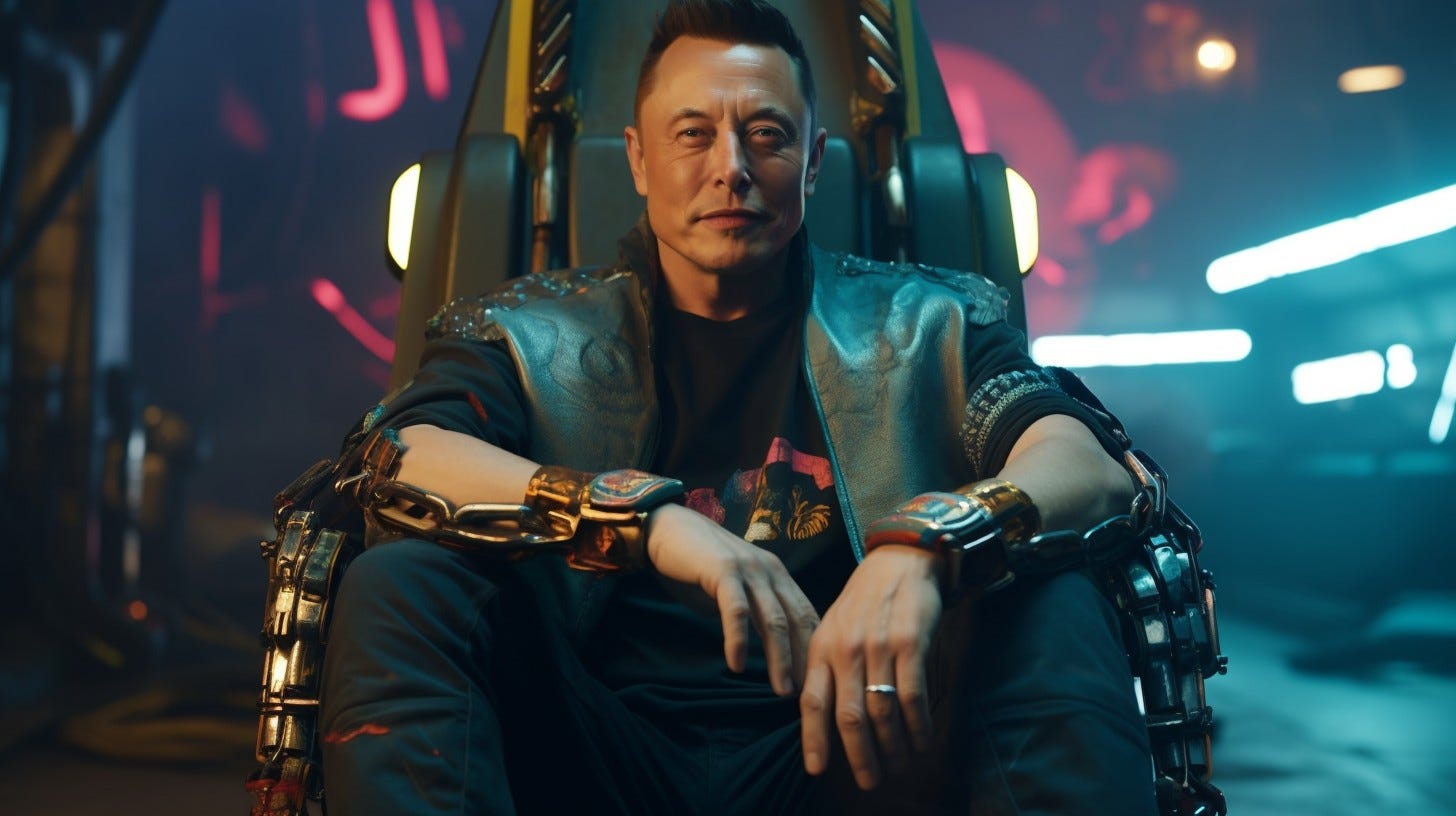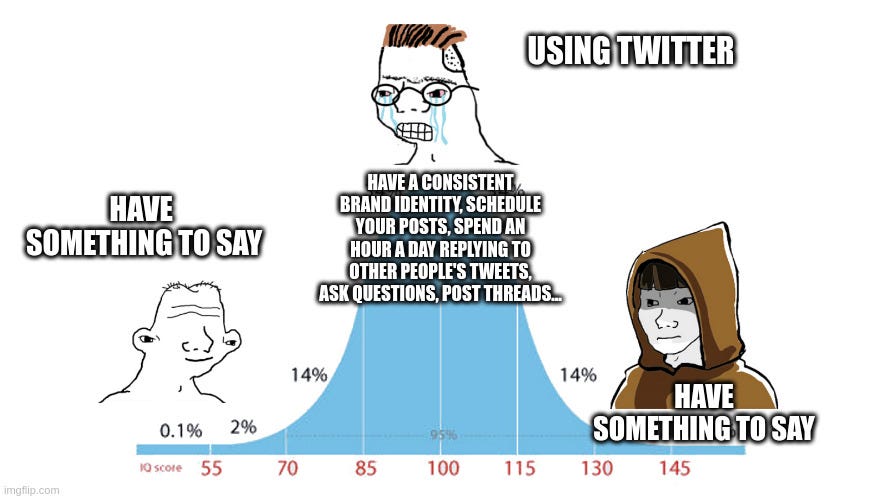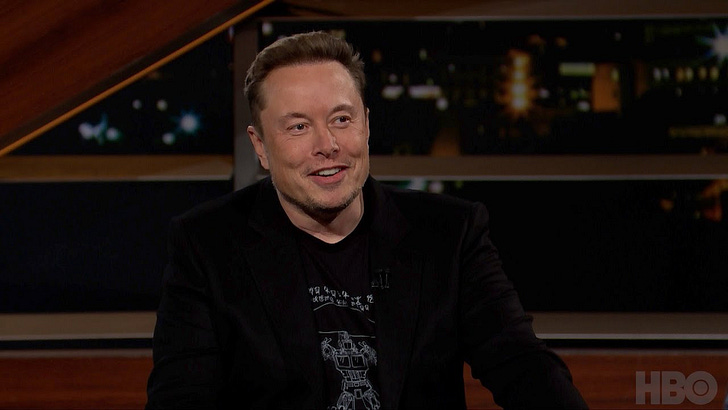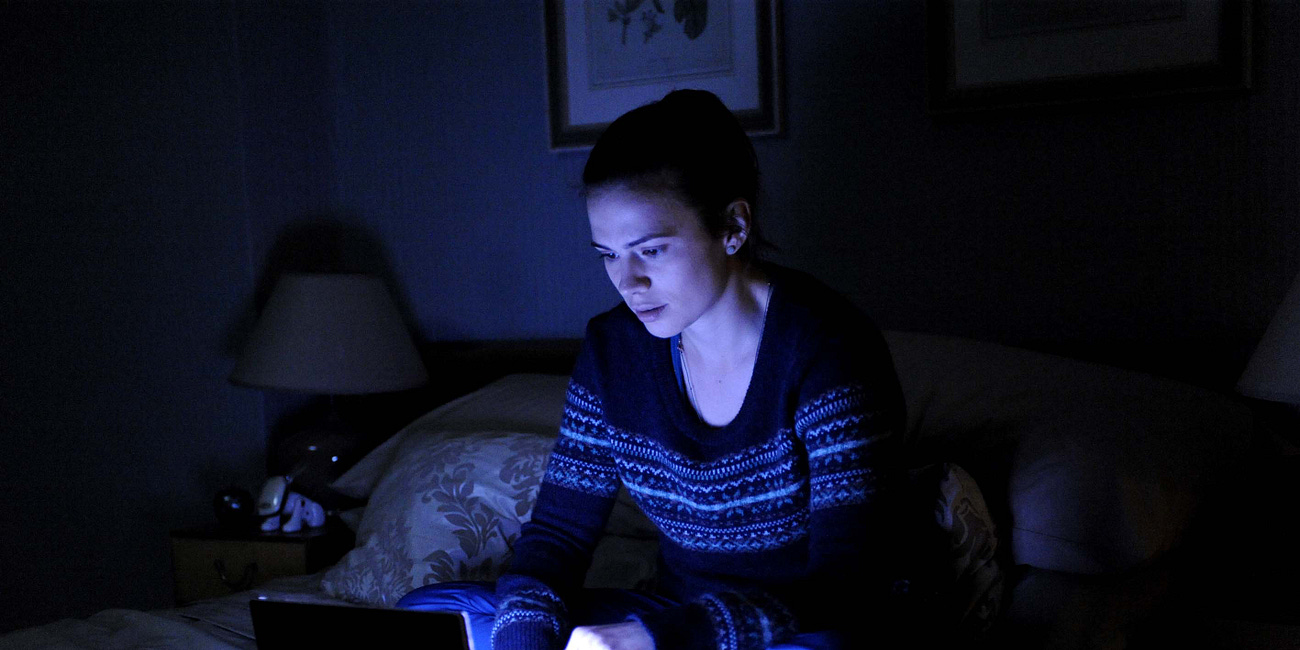Are you ready, Player One?
Or are you even the main character in your simulation? Elon Musk has a bizarro-land conception of reality.
Welcome to the always free, reader-supported mid-week edition of The Experiment. If you’d like to support my work, buy my Alamo book, buy some Experiment merch, drop some coins in the PayPal fountain, or become a paid subscriber. But even if you don’t, this bugga free.
In the beginning — or more accurately, in the ‘70s — there was Pong. Then came Atari and multiplayer games, 8-bit, and Nintendo. Pac-Man and Tetris wired images of circuitry into our brains, and after the turn of the century we had video games that looked nearly indistinguishable from movies, played by millions of people all over the world at the same time. Virtual reality is at its Pong stage; now that artificial intelligence can recreate it, soon virtual reality games will seem as real as, well, reality, which is where things get weird, which is to say this is when Elon Musk speaks.
Play this forward. Skip ahead in the book about the history of humanity 10,000 years into the future,” Elon said in 2013. “Given that we're clearly on a trajectory to have games that are indistinguishable from reality, … it would seem to follow that the odds that we’re in base reality is one in billions.”
There’s a supposedly African proverb that “Half an education is more dangerous than none at all.” Considering the number of tech bros who brag about dropping out of Stanford to join a startup, maybe that should be the motto for Silicon Valley. Concluding that we’re are almost very certainly in a video game simulation being controlled by someone else is (almost very certainly) utter nonsense.
There is some scholarship behind the notion that we’re all in a simulation, and no, it’s not The Matrix. In 2003, a British philosophy professor published, “Are You Living in a Computer Simulation?” and concluded shrug emoji. That was one option. The other two were that humans went extinct before reaching a “posthuman” stage or that “posthuman civilizations would be unlikely to run a significant number of simulations of their own evolutionary history.”
That’s it. Three options are all we get: die, become robots who don’t do genealogy cosplay, or play video games that exclusively run simulations of their human ancestors doing ordinary things, like sitting in a conference room on a sunny weekend day. I suppose in the incurious option two, the posthuman robots would play Madden. The Great British Baked Professor doesn’t conclude, as Musk did, that we’re almost certainly just characters in history’s worst version of Grand Theft Auto, and that’s not even the worst part.
Musk thinks he’s holding the joystick. “He believes he’s Player One in this simulation,” Ben Mezrick, author of Breaking Twitter: Elon Musk and the Most Controversial Corporate Takeover in History, told Kara Swisher on her podcast. “He believes the whole world is a simulation, and he’s the main player.”
I’m beginning to think there might have been something to all those parents worrying that video games were going to rot our brains. I don’t know, maybe Elon should back off the ketamine and try working normal hours. Because if Musk believes he’s a hyper-evolved, posthuman consciousness playing a video game of his meat-sack ancestors, buddy, I have notes.
Of course life isn’t a video game. As we all know, life is a highway. But that isn’t to say that we aren’t making constant choices about our avatars, that is, how we represent ourselves to the analog and digital worlds. For starters, we pick out our clothes every morning. (Also, I’ve seen how Musk dresses. Whatever consciousness is picking out his T-shirts is not up to what I’ve got going on in my closet.) We create characters in games like Dungeons and Dragons or NBA2K.
As new social networks grow, we choose which version of ourselves to present on each app. Me, I save politics for Threads, photographs for Instagram, bidness for LinkedIn, and sports for Twitter. And as those platforms evolve, we choose, often without knowing, whether to stay our authentic digital selves or to do things that drive more engagement. Don’t pretend. I’ve done it, too.
The biggest problem I have with simulation theory — other than the world’s biggest billionaire man boy imagines that he is a future man boy playing video games — is its appeal. What if all of this, we ask, sweeping a tired arm past the timeline of Trump/COVID, Oct. 7, Gaza, the Orioles getting swept in the playoffs, was just a simulation? Then it would be someone else’s fault. We would be relieved not just of agency but responsibility to deal with the consequences. How nice that would be if I weren’t a real boy.
But we are, real that is, if not boys. And our job as humans is to figure out what we can control and what we can’t. Christians and recovering drunks have the Serenity Prayer: “Give us the serenity to accept what cannot be changed, the courage to change what can be changed, and the wisdom to know the one from the other.” Stoics have Epictitus: “The chief task in life is simply this: to identify and separate matters so that I can say clearly to myself which are externals not under my control, and which have to do with the choices I actually control.”
That’s why it makes me a little batty when serious people with brains in working order spend time examining simulation theory. If this is a simulation, we can’t control the simulation, meaning any thought about simulation theory is a wasted thought.
If this is real life, though, you’re in control of a lot. This is our job: Figure out what you actually control and then exercise control with the fury of a real live human. And if you’re the most special man boy billionaire in the whole wide world, you control your factories, your social media company, your coterie of Yes Men, but you don’t control me.
Jason Stanford is a co-author of NYT-best selling Forget the Alamo: The Rise and Fall of an American Myth. His bylines have appeared in the Washington Post, Time, and Texas Monthly, among others. Follow him on Threads at @jasonstanford, or email him at jason31170@gmail.com.
Further Reading
I Know You Are but What Am I?
It would be easy to tell you everything that’s bad about Elon Musk, Walter Isaacson’s new book, which Brian Merchant of the Los Angeles Times suggests should singlehandedly kill the genre of “great man” biographies. Novelist Gary Shteyngart savaged it, calling it an “insight-free doorstop of a book.” And Kara Swisher took Isaacson to task on her
One night, I ended up in a Guadalajara brothel by accident. You'd be surprised what that has to do with Twitter.
Sorry I didn’t write last week. Had a lot going on, most of which I’ll fill you in about later. One big thing was that my friend died. Jo Carol Pierce, whom I profiled in Texas Monthly in 2015 as the best Texas songwriter you’ve never heard of, passed away due to lung cancer.
How Elon Musk may have just ruined everything
Robots were an idea about robots first. The word “robot,” a fictional derivation of the Czech word for “forced laborer,” was coined in a play called R.U.R.: Rossum’s Universal Robots that dealt with the very human fear of being replaced by robots. Decades later, a Kentucky inventor patented the first robot. First came the science fiction, then came the …
Elon Musk is right that Twitter is the "de facto town square."
Welcome to The Experiment, where we are talking about Austin’s newest insufferable megalomaniac, and no, I’m not talking about Joe Rogan. I tend to agree with Prof. Scott Galloway in thinking that Musk is undeniably world-shaping with his electric cars and reusable rocket ships, but he’s also 12 pounds of crazy in a 10-pound sack. So when he made his pl…
We set up a merch table in the back where you can get T-shirts, coffee mugs, and even tote bags now. Show the world that you’re part of The Experiment.
We’ve also got a tip jar, and I promise to waste every cent you give me on having fun, because writing this newsletter for you is how I have fun.
Buy the book Texas Lt. Gov. Dan Patrick banned from the Bullock Texas History Museum: Forget the Alamo: The Rise and Fall of the American Myth by Bryan Burrough, Chris Tomlinson, and myself is out from Penguin Random House. The New York Times bestseller is 44% off and the same price as a paperback now!







